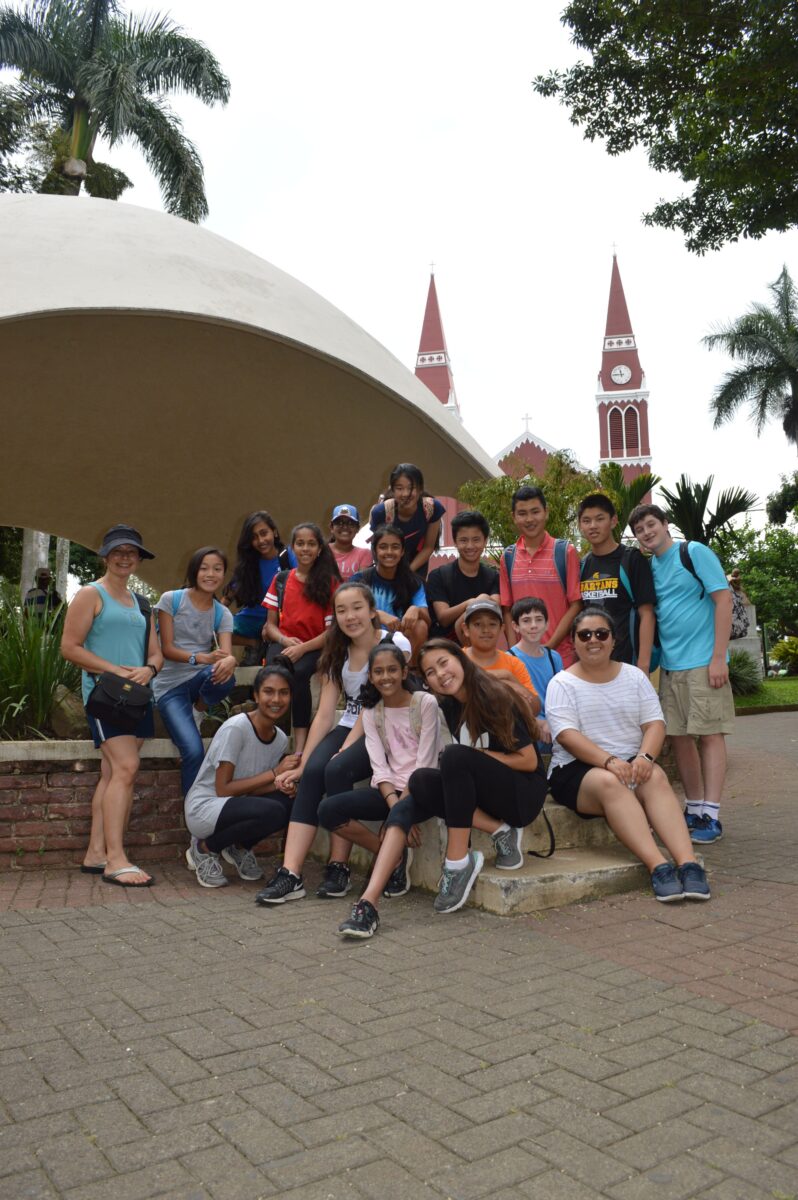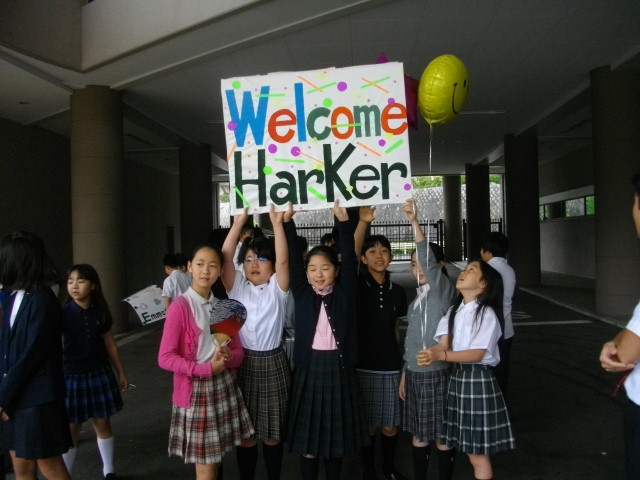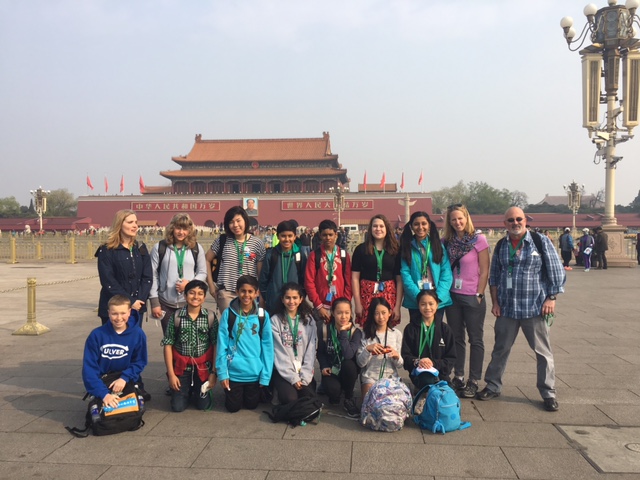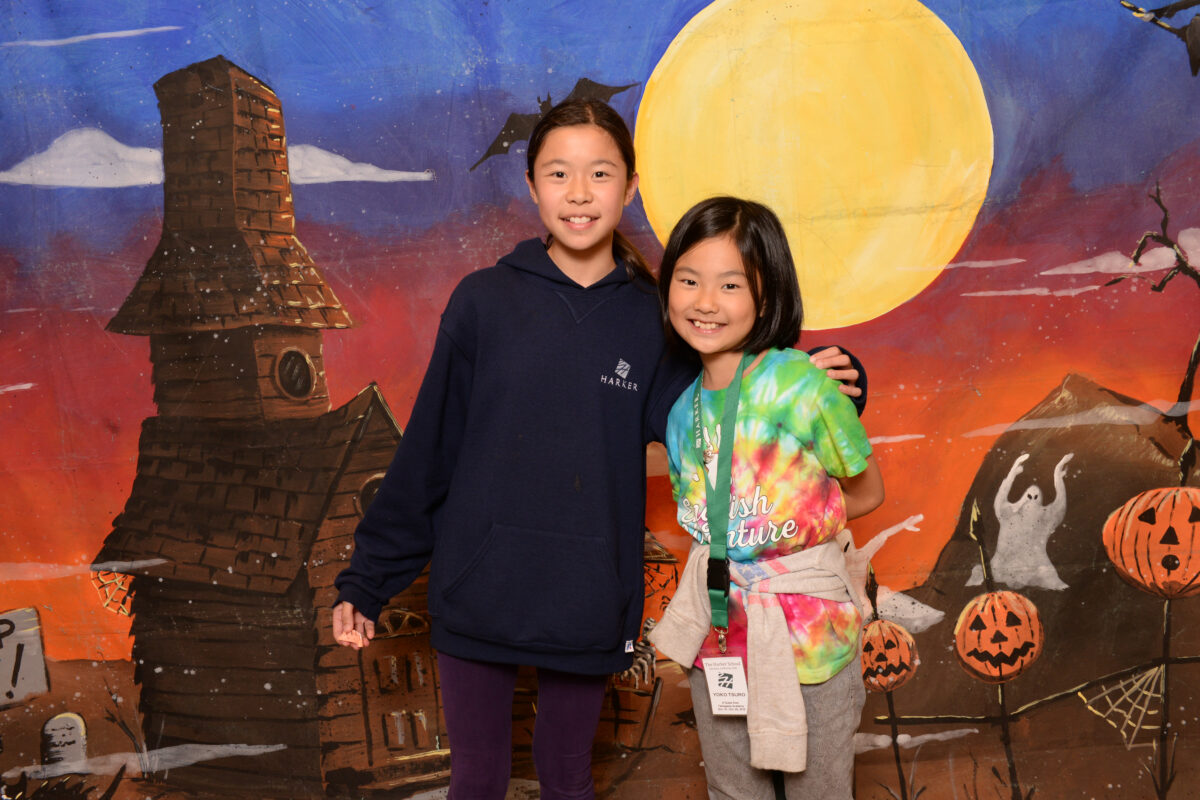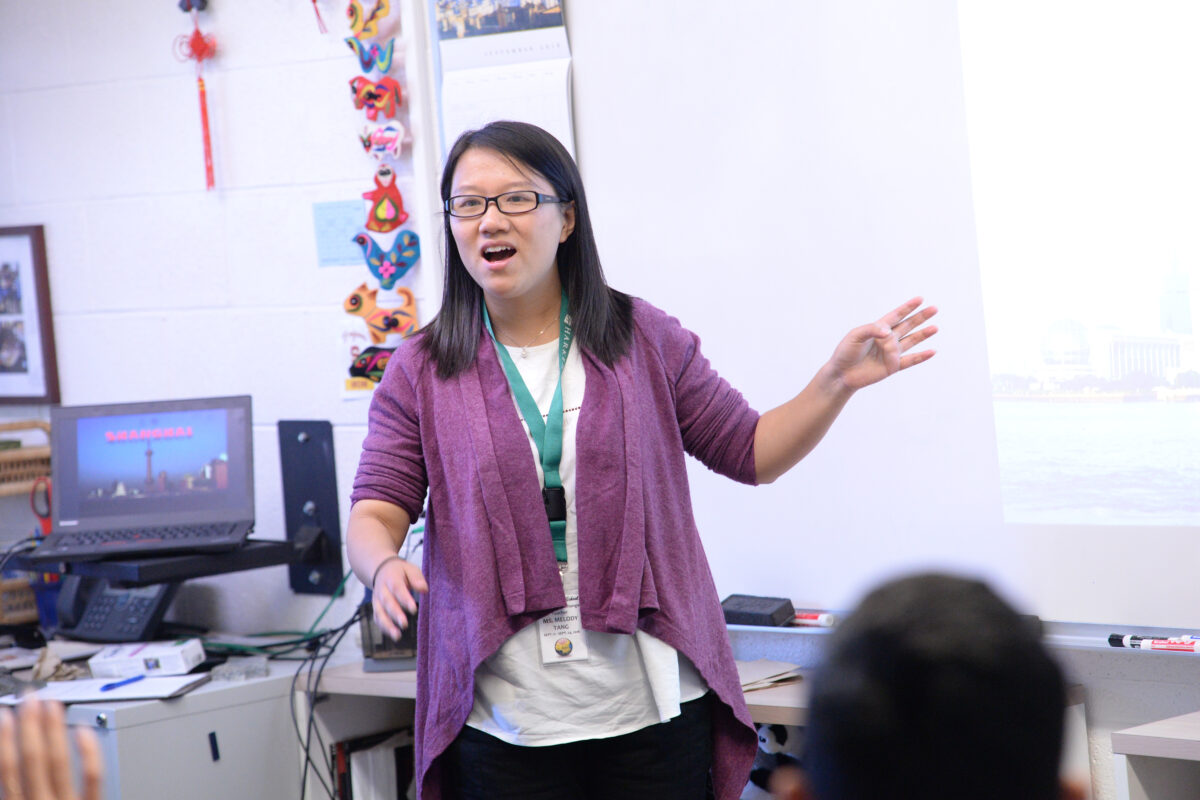It was a special day for some grade 3 language arts students who became the first at Harker to use virtual reality (VR) technology as a teaching tool in the classroom.
Global Education
Students trek through Costa Rica during annual summer trip
Over a two-week period in late July and early August, 16 middle school students traveled to Costa Rica for the annual summer Spanish immersion…
Middle schoolers unite with Tamagawa buddies and explore Japan during annual trip
The annual middle school trip to Japan in mid-May took 23 grade 6 students across the Pacific to meet with their buddies at Tamagawa…
Middle school students venture to China for annual exchange
The second part of this year’s exchange with the Shanghai World Foreign Language Academy kicked off in late March. Thirteen middle school students – accompanied…
Shanghai WFLA students enjoy fun-filled week at Harker
During the third week of January, 22 students from the Shanghai World Foreign Language Academy visited Harker as part of an annual exchange program…
Harker students exercise language skills with Tamagawa buddies in video exchange
Over the fall semester, Harker Honors and AP Japanese students participated in a video exchange with their friends at Tamagawa Academy in Tokyo. Each…
Grade 6 students spend week with Tamagawa buddies
Grade 6 students received a warm visit from their friends at Tokyo’s Tamagawa Academy in mid-October. The Tamagawa students arrived at Harker on Oct.…
Inaugural Trip to Ancient European Cities Dazzles Student Travelers
This article originally appeared in the summer 2016 Harker Quarterly. Over spring break, a group of 16 Harker history students in grades 9 and…
WFLMS Teacher Travels from Shanghai for Yearly Exchange
In mid-September, Melody Tang, a teacher at the World Foreign Language Middle School in Shanghai, visited Harker as part of the Global Education annual…
Middle School ACE Club Participates in Nationwide Effort to Help Feed the Hungry
Thanks to a nationwide effort co-sponsored by Harvest Snaps and Table for Two (TFT), Harker’s middle school students were able to help combat hunger…

